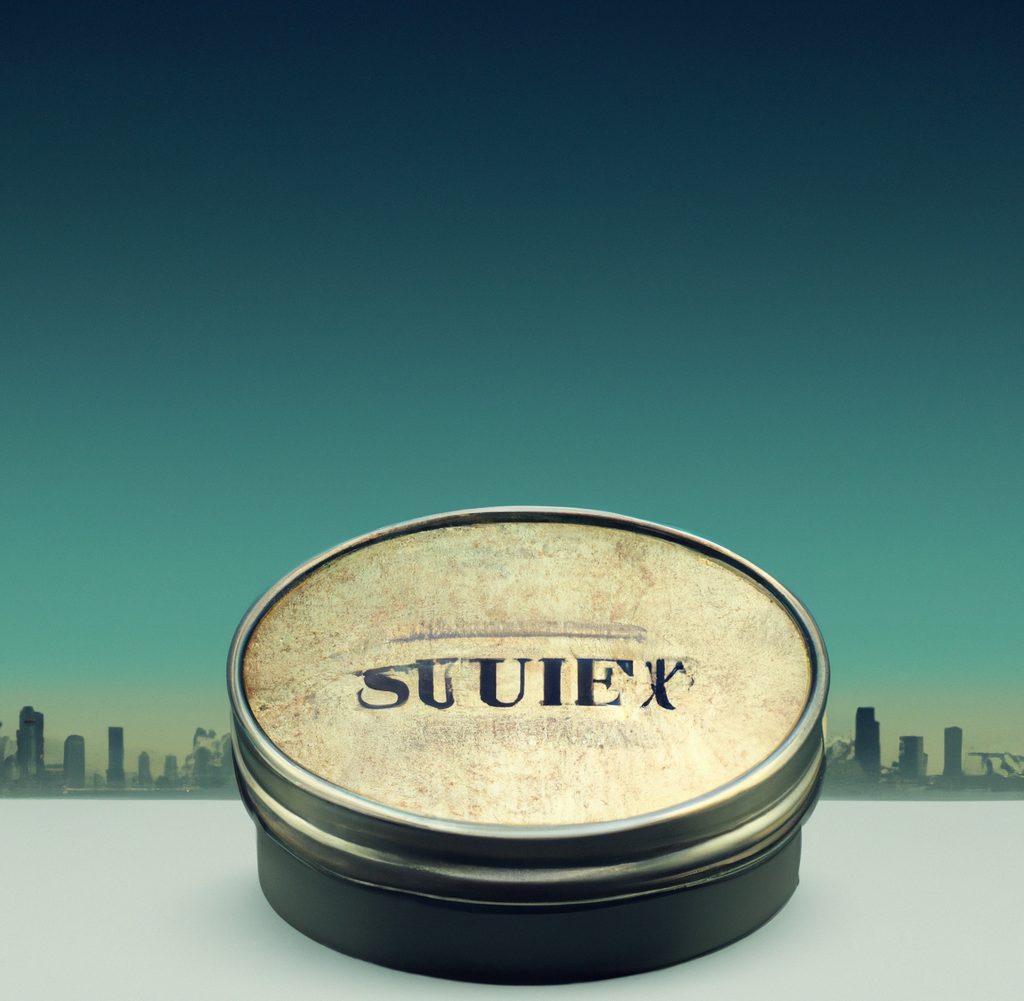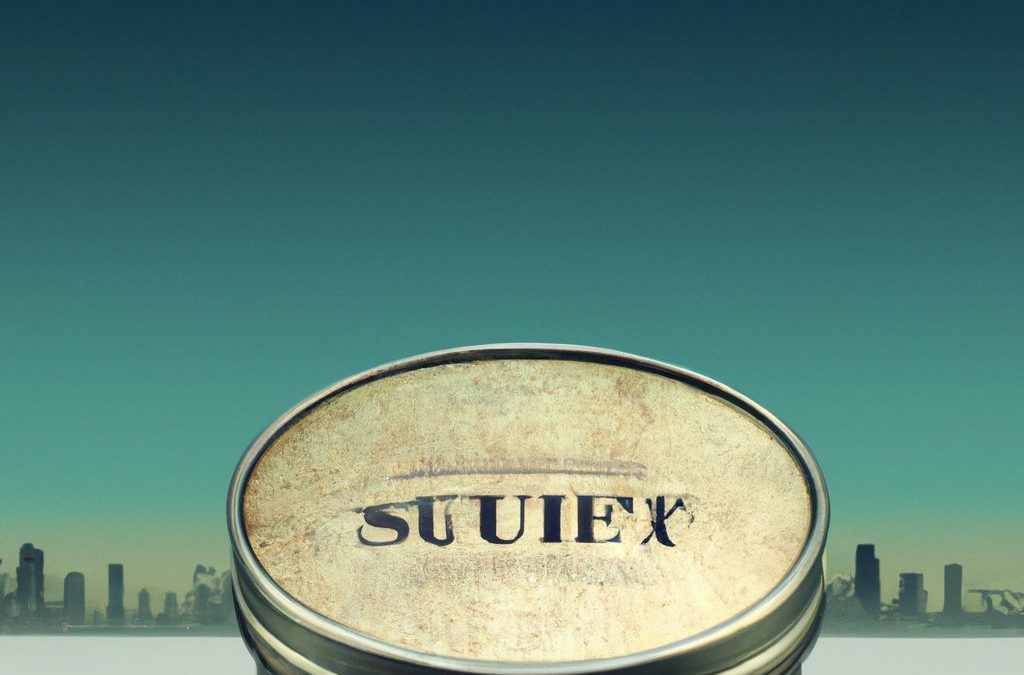The Past, Present and Future of Nicotine Pouches

Introduction
Nicotine pouches have gained popularity worldwide, with Sweden leading the way. However, their usage and regulations vary across countries. This article explores the prevalence of nicotine pouches in different regions, their current status, and future prospects.
Nicotine Pouches in Nordic Countries
In the Nordic countries, approximately 10% of the population uses snus, with Sweden having the highest usage rate. Notably, Finland aims to become nicotine-free by 2030, setting it apart from its neighbors. Norway has seen a growing snus market, with 25% of young Norwegians using snus daily, surpassing Sweden in female usage. Skruf is the favored brand, and strict packaging regulations have been implemented since 2018.
Denmark stands out for allowing only loose snus due to historical reasons, as the EU banned non-smokable tobacco products in 1992. While Sweden remains the sole EU country where snus is legal, efforts to lift the ban are ongoing, albeit unsuccessful. Most other EU nations permit personal import of Swedish snus.
Nicotine Pouches in the US
Swedish immigrants introduced snus to the US in the 19th century, leading to its popularity in the country. American tobacco companies have also launched their versions, such as Camel and Skoal. However, these American alternatives significantly differ from traditional Swedish snus, featuring lower nicotine levels and a sweet taste. The distinction between Swedish snus, American snuff (dip), and dipping tobacco lies in the manufacturing process, with dip being fermented, unlike Swedish snus, which is steam-pasteurized and salt-cured.
American snuff varies in cut and is typically placed between the gum and lower lip, necessitating saliva disposal. Swedish snus, on the other hand, offers various formats, including white portions that are placed under the upper lip and can be safely swallowed, eliminating the need for spittoons.
Nicotine Pouches Worldwide
While snus is relatively unknown in many countries, other smokeless tobacco products similar to snus are consumed. For example, 10-15% of Sudan and Yemen’s population use mint tobacco or khat, and 25% of adults in Madagascar use non-cigarette tobacco. Oral tobacco is popular in densely populated areas in India, especially Bangladesh, where about 33% of the population uses it.
Countries with a Snus Ban
Iceland and Singapore have prohibited Swedish snus since 1997, prohibiting both sales and personal imports. Instead, Icelanders use Neftóbak, a type of dry snus ingested through the nose. Despite the ban, around 40 tons of Neftóbak are sold annually in Iceland.
The Future of Snus
In 2018, the European Court of Justice upheld the snus ban in the European Union, except for Sweden. As a result, snus manufacturers are focusing on markets like Norway and the US. While the Norwegian market is expanding, the US faces challenges as traditional American snus is different from Swedish snus, leading to a preference for higher nicotine content in both Norway and the US.
Tobacco-free nicotine pouches, also known as “All White,” have emerged as a novel nicotine product. These pouches do not contain tobacco and are gaining popularity among non-traditional snus users. Sales have doubled in Sweden, and around 10-12% of Norwegians use nicotine pouches, indicating rapid growth. Companies like Swedish Match have entered the US market with products like Zyn, available in numerous outlets.
Conclusion
The future of snus and nicotine pouches appears promising, with nicotine pouches expected to account for a significant portion of market growth. While traditional snus may not experience the same expansion, it remains secure. The market for snus is evolving into various segments that cater to different target groups and their diverse needs, including the ever-expanding ecommerce sector.

